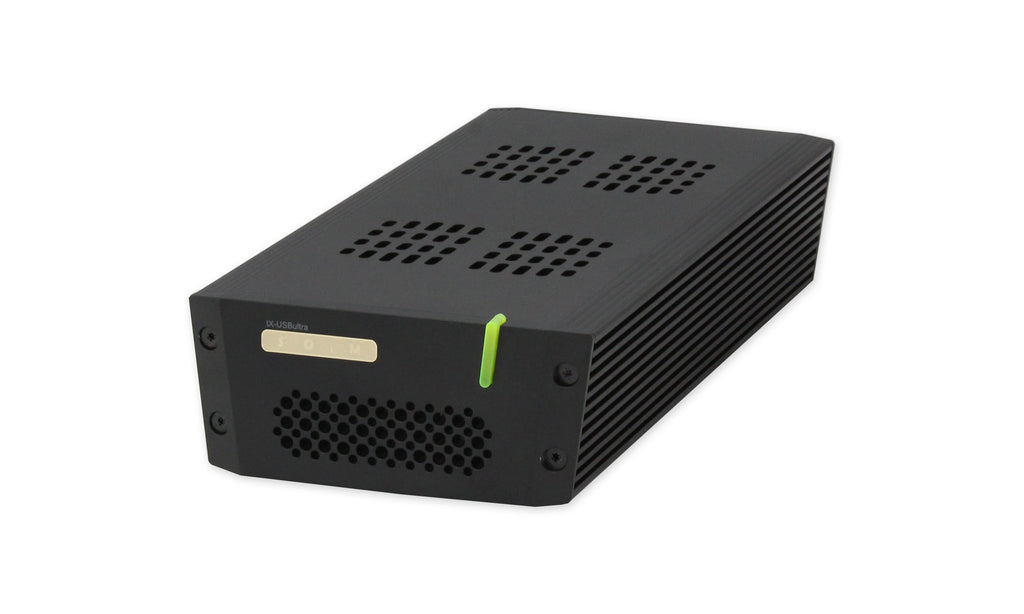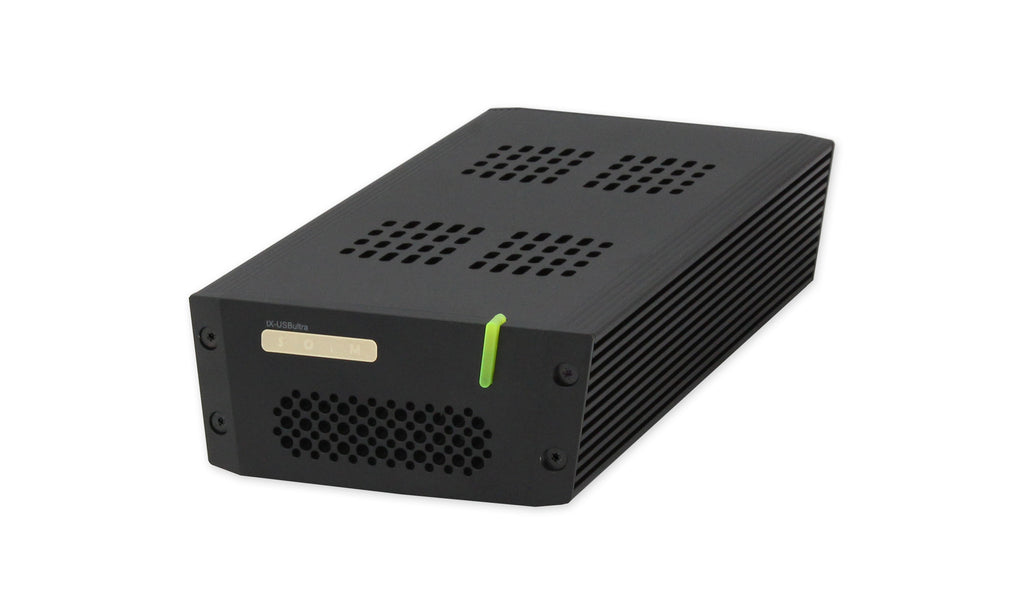I think I'm happy with my Qobuz/iPad/Sony WF-1000XM4 combo for wireless in the first space.
So now I'm focused on my wired head/earphone solution for the other space. I will definitely get a box to wire up to my iPad, Topping DX30+ (or something better if I want to think ahead to perhaps adding a turntable/amp/speakers). I think I'm going to first try the Sennheiser HD 660 S open back headphones as they are supposed to be very comfortable, great sounding and not wildly expensive. If I give up on headphones, I'll probably next try IEMs - Linsoul 7HZ Timeless, Shure Aonic 5 or Shure SE425-CL are current candidates.
Conceptually I think I still don't quite understand how different DACs interact. In your previous post you say "once the Topping has received the digital signal (be it Bluetooth or wired)" - does that mean that if I wire the Topping to the iPad, the iPad will not use it's DAC before it sends the signal to the Topping so that the data the Topping gets from iPad is still in digital form? Does the iPad's DAC only get used if it is communicating via Bluetooth? That would make sense to me but somehow I feel like I've heard something different elsewhere.
Thanks for the response. Because now that you have a clearer vision of how you want to setup your space, it is easier for us to give you even better and clearer advice.
Because you are okay in the second space to listen wired and you might hook up a speaker system in the longer run, then your decision for the second space should actually be very different.
First, it makes more sense to start off with having an external DAC/amp to drive wired headphones simply because you'll get much better sound.
Second, most people would not want to run Bluetooth into their integrated amplifier, it also makes sense to have an external DAC/amp to eventually connect to the integrated amplifier to drive the speakers.
Now to start off with, when you don't have a speaker system, you can still connect the iPad wired to the external DAC/amp to headphones. But in the longer run, because you might eventually connect the DAC to an integrated amp to drive speakers, you really don't want to have to wire your iPad to the DAC every time you want to listen to music. To me, this is the primary reason to even own a streamer in the first place. It is not for sound quality but for ease of use. But if you're looking into the longer horizon, your purchasing order should still be wired headphones then DAC/amp then speakers+integrated amplifier then maybe streamer so you don't have to hook up the iPad all the time.
Back to your question, so most DAC would allow for USB input. If you have a newer iPad, then you can connect USB-C (via adaptor usually) to the USB input of the DAC so that the Topping is receiving lossless digital signal from the iPad which also means that iPad is no longer using its DAC as iPad is just sending the digital audio signal to the Topping and is using the Topping DAC. If you use an older iPad, you would need a LIghtning to USB adaptor to connect to a USB DAC.
But even when you're playing music from the iPad via Bluetooth to your Sony, you're not using the iPad DAC. You're using Sony's DAC inside the headphones. What you're using from the iPad is slightly different though. If you're streaming AAC files from Apple Music, then the iPad would just send the AAC files via Bluetooth to your Sony. If you're streaming Spotify, then the iPad would have to convert your mp3 files from Spotify into full-bandwidth audio signals and then re-compress it into AAC files to send via Bluetooth to your Sony. If you're listening to Qobuz, your iPad is taking the lossless files from Qobuz and converting them into lossy AAC files to send to your Sony. But your iPad DAC is never in use.
The only time you would ever use your iPad DAC is if you plug in a wired headphone into the iPad headphone jack.











